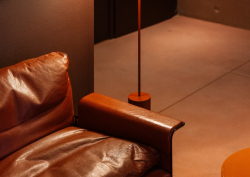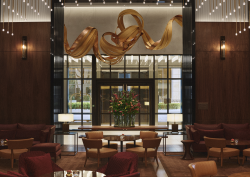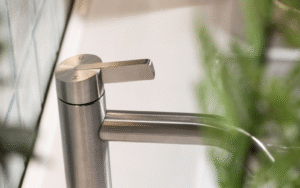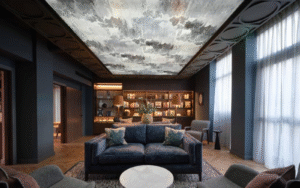A people person with a serious portfolio of luxury hospitality projects – and now with the UK’s first Hyde hotel under his belt too, Ed Murray, Associate at Studio Moren, is dishing up his take on why London’s hotel revolution starts at the table…
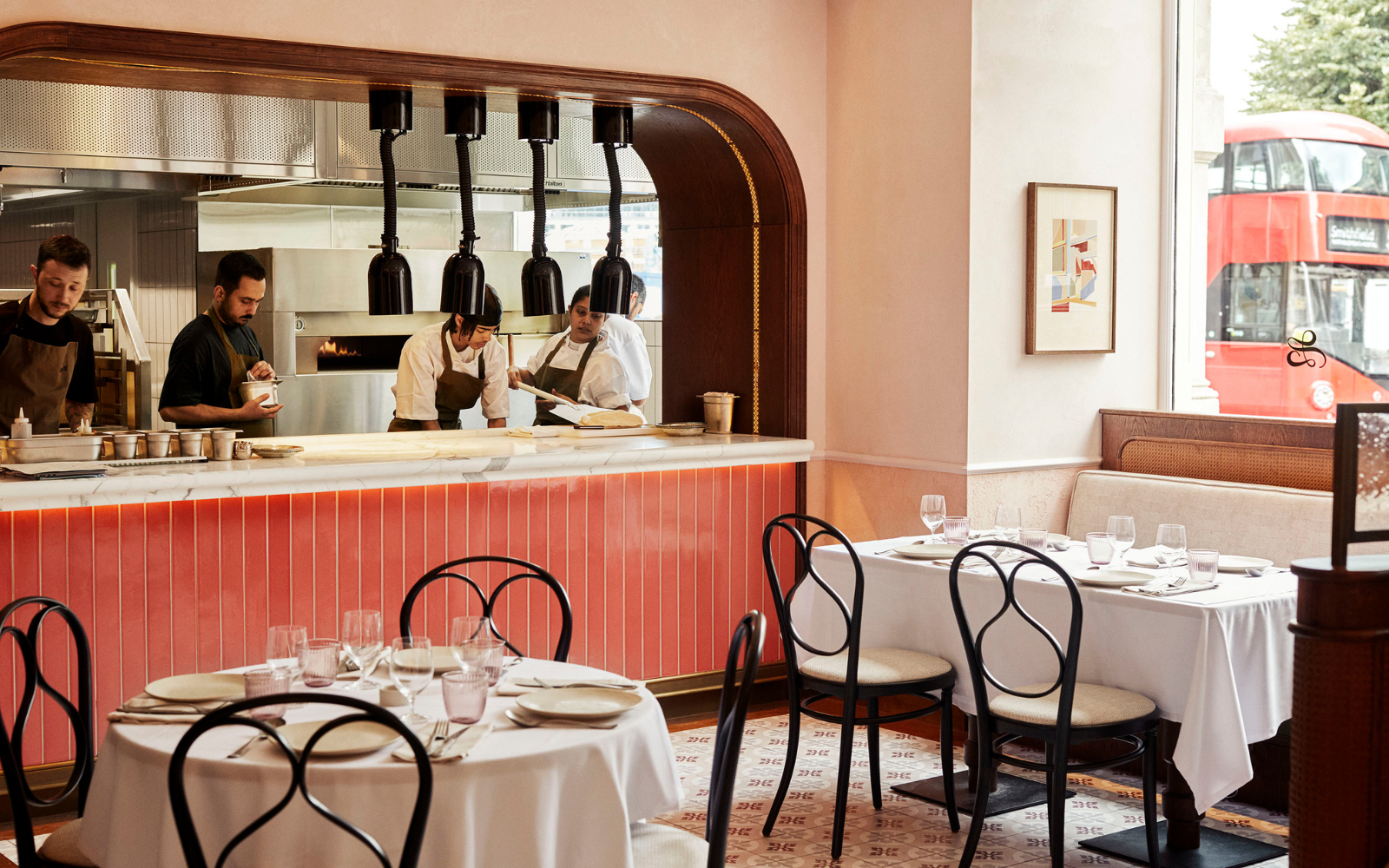
The London hotel scene is evolving – and you’ll smell it before you see it. Once dismissed as a last resort for room service or business breakfasts, hotel restaurants are making a remarkable comeback. According to Hilton, 60% of luxury travellers prioritise staying in hotels with great restaurants and half of global travellers book restaurant reservations before their flights.
In the UK, hotel restaurants are increasingly becoming destinations in their own right. An evident mark of success is the rise of the lunchtime trade, those quiet hours between check out and check in. Nowhere is this more evident than at Leydi – an elegant, design-led restaurant that’s made the leap from hotel amenity to neighbourhood favourite. It sits within Studio Moren-designed Hyde London City, a new lifestyle hotel on Old Bailey.
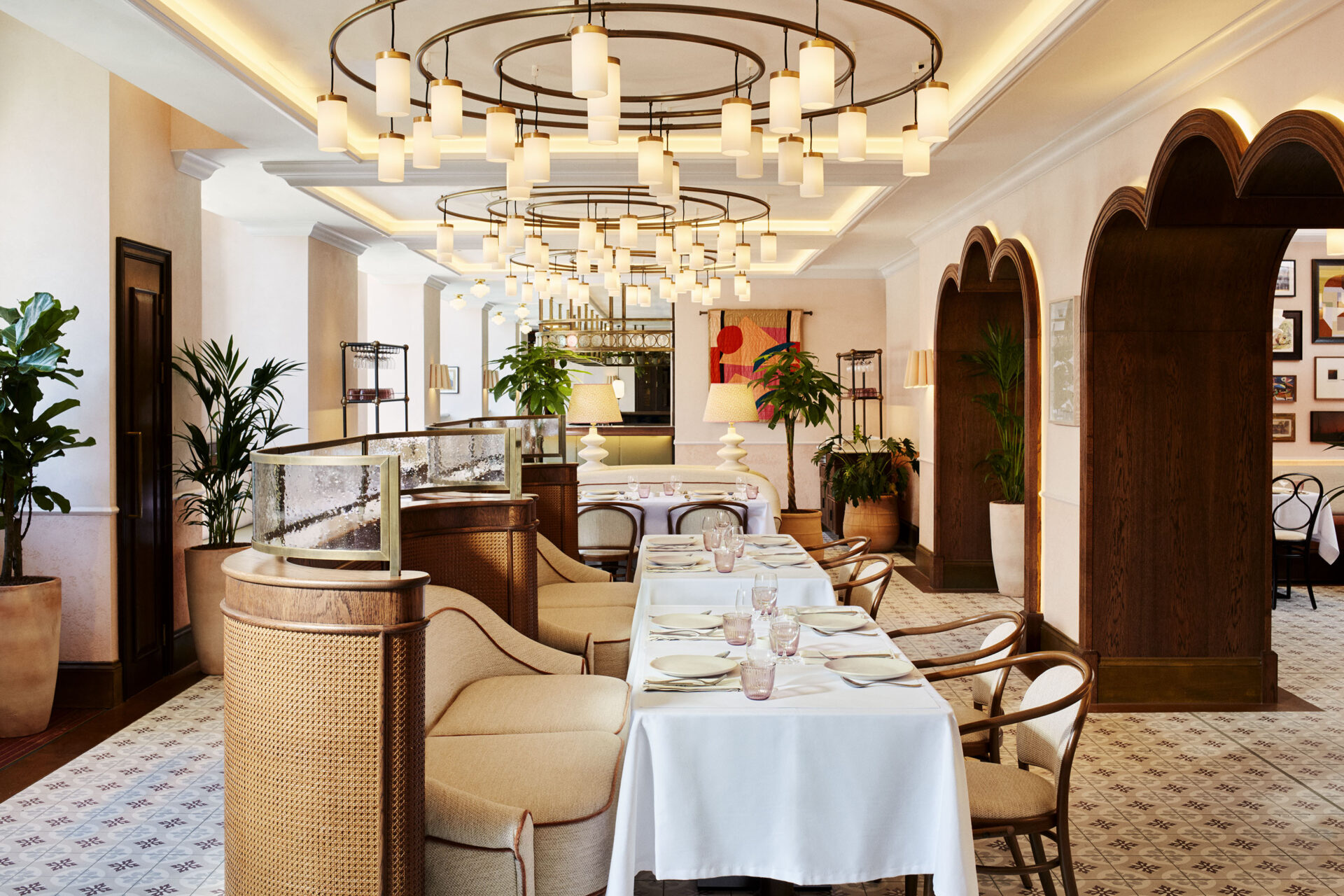
Leydi is Hyde London City’s modern Turkish restaurant, designed by Studio Moren | Image credit: Ennismore
This resurgence isn’t a fluke. It’s the result of a strategic re-appraisal by developers, operators and designers alike. With increased competition across both hospitality and F&B sectors, hotels are realising that a great restaurant is no longer just a nice-to-have – it’s good business sense. When thoughtfully conceived and beautifully delivered, it drives footfall, boosts profits and becomes the cornerstone of a truly immersive guest experience.
JLL has cast further light on the trend, reporting this month that in the US, destination restaurants are increasingly a key ingredient to a hotel’s success. Their research reveals that prestige restaurants both command higher room rates and have higher occupancy than hotels without such an offer. By integrating strong F&B options, hotels can drive demand for rooms, justify higher room rates and generate more profits.
It’s no surprise that the UK is following in the US’ footsteps – competition across the sector is fierce. Operators need to continuously up the ante if they are going to appeal to an increasingly discerning market. Plus, we’ve exchanged trends across the pond plenty of times before: think branded residences, speakeasy bars, chef’s table dining settings and Instagrammable boutique hotel aesthetics.
-
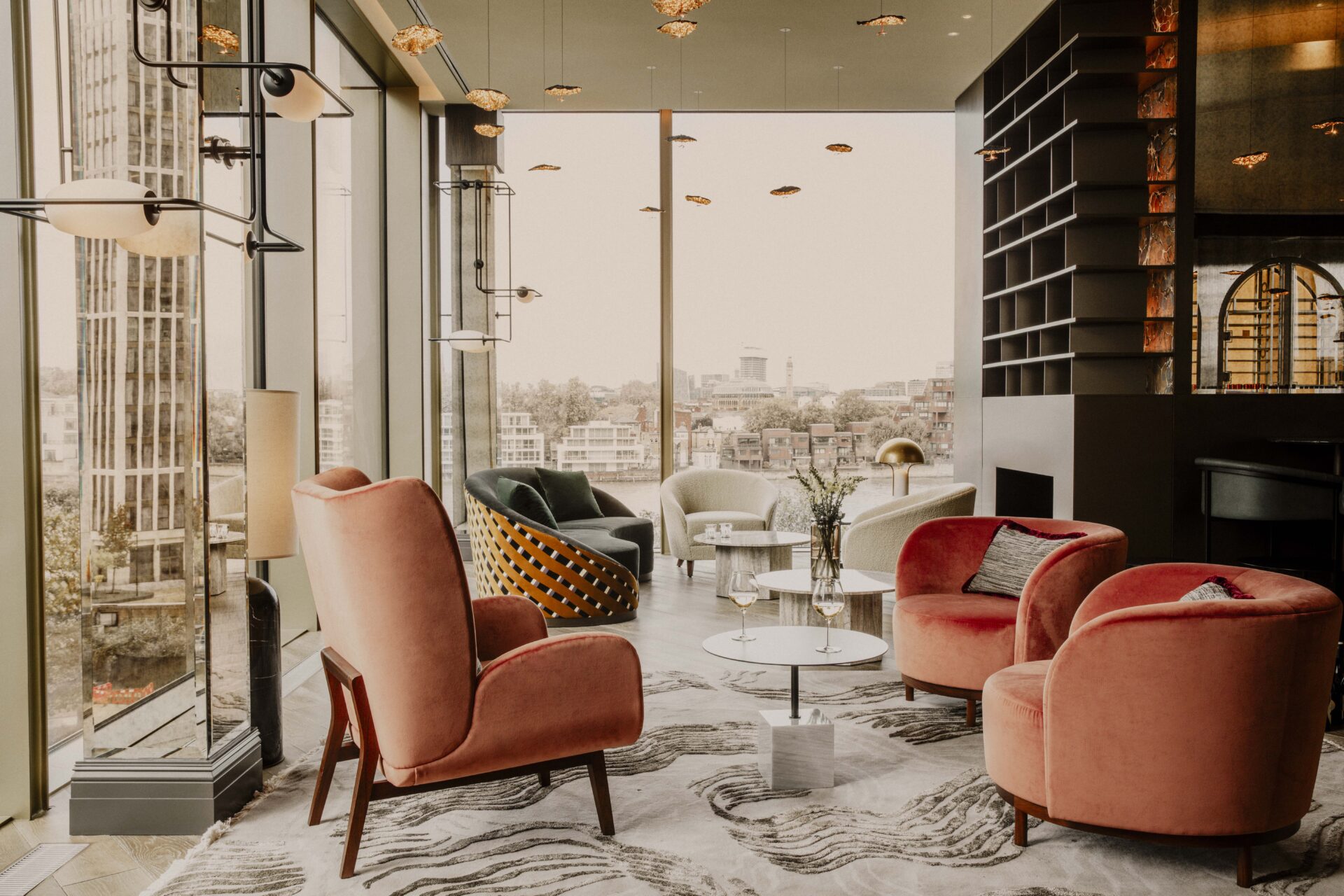
- The Tamise wine bar at Park Hyatt London River Thames | Image credits: Park Hyatt London River Thames
But how do you design a restaurant that can both maximise profitability and transcend its setting to create a destination in its own right?
For me, it begins with an architectural mindset. As both an architect and industry enthusiast, I see our role as custodians of design. That means shaping not just what guests see but also what they don’t: the integration of MEP systems, structural coordination, and acoustic control. All these ‘invisible’ elements underpin a seamless experience, allowing ambience and functionality to coexist.
We must treat hotel F&B spaces with the same reverence as the rooms upstairs. Not as bolt-ons, but as integral components of a hotel’s identity and, increasingly, its commercial success. This requires a holistic approach: one that brings architects, interior designers, chefs, brand strategists and engineers to the same table early and often.
Designing for destination dining also means looking outward. The best hotel restaurants don’t just reflect a brand; they reflect their location. Londoners are spoilt for choice when it comes to world-class food, and they’re rightly discerning. The hotel restaurants that succeed are the ones that hold their own in this culinary landscape – not because they’re in a hotel, but in spite of it.

Designed for late nights – Black Lacquer at Hyde London City sets the scene with velvet booth and bold geometric patterns| Image credit: Ennismore
I’ve just returned from Six Senses Samui, where the standout dish during my stay was a rock lobster laced with red curry, basil oil and pomegranate. Simply thinking about it now takes me straight back to that moment and is a potent reminder of hotel F&B’s potential to be evocative. For that reason, it’s always a space I love to design for. That same ambition should be at the heart of every hotel restaurant concept: one that feeds the soul, not just fills a space on the floor plan.
As the London hospitality market continues to evolve, hotels that invest in thoughtful, distinctive, destination-worthy dining will be the ones that rise above. The future of London’s hotels are being plated up – course by course.
Main image: Leydi, Hyde London City | Image credit: Ennismore





